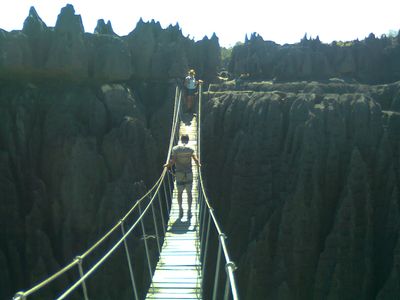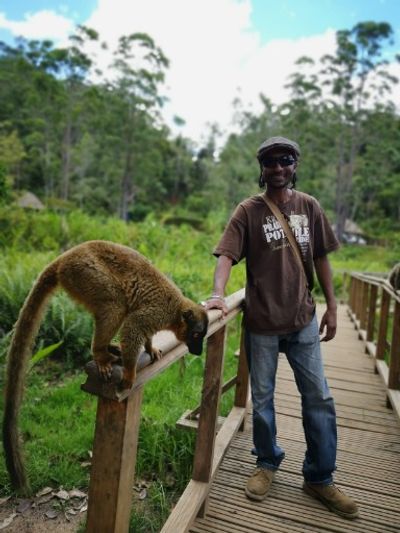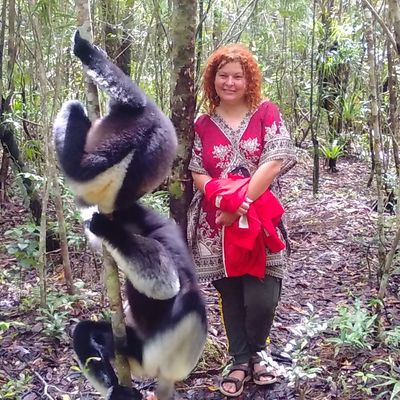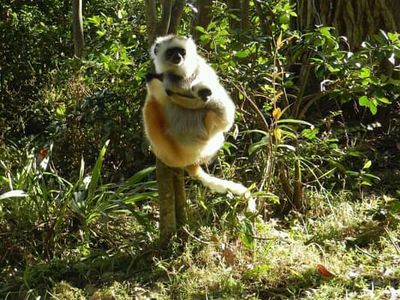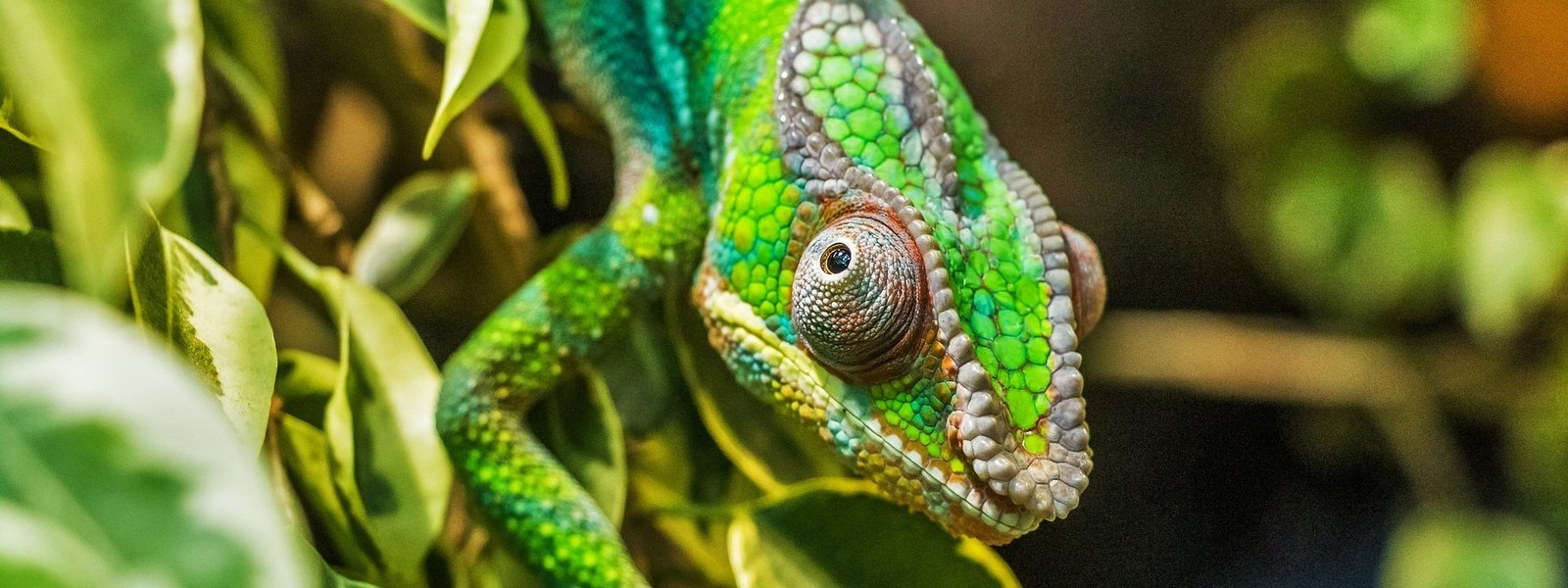
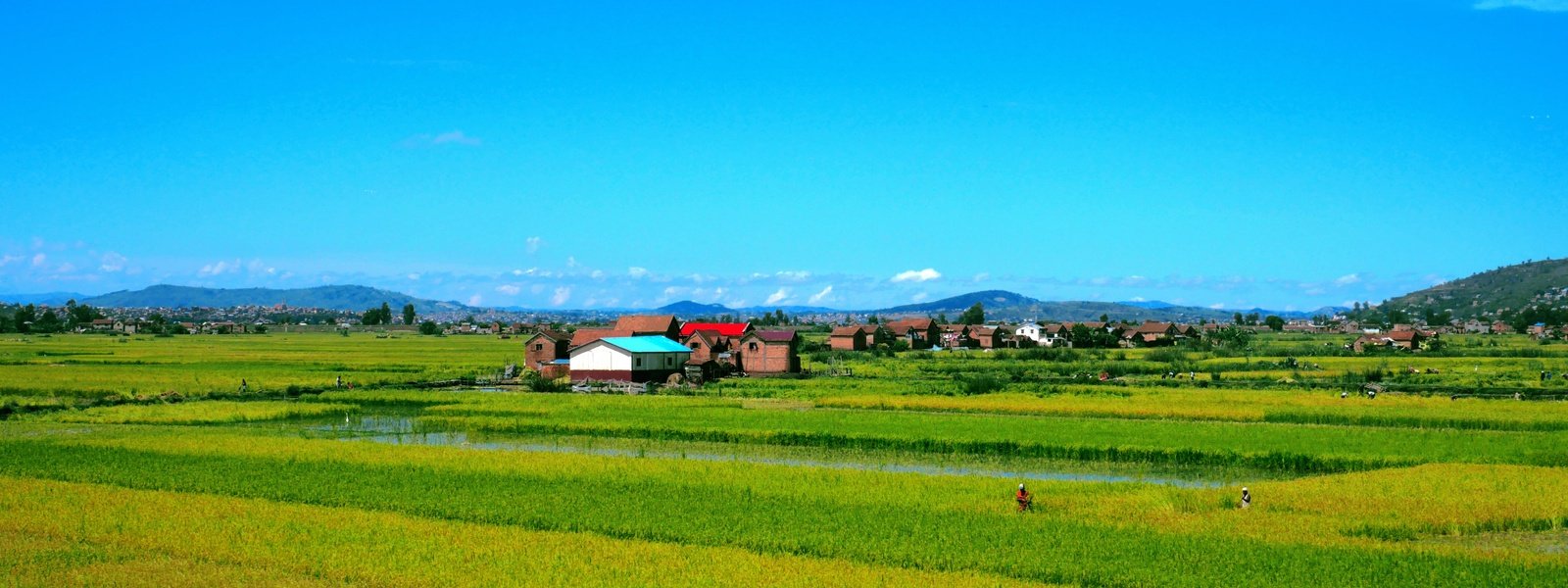
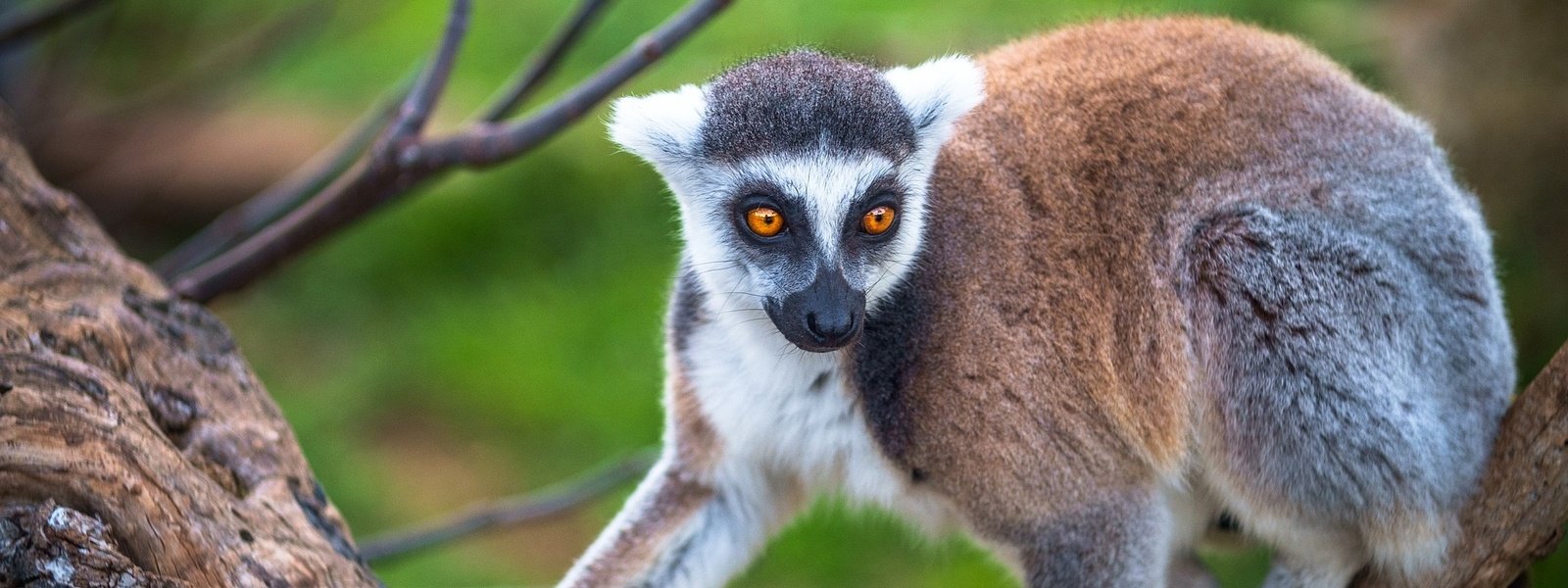
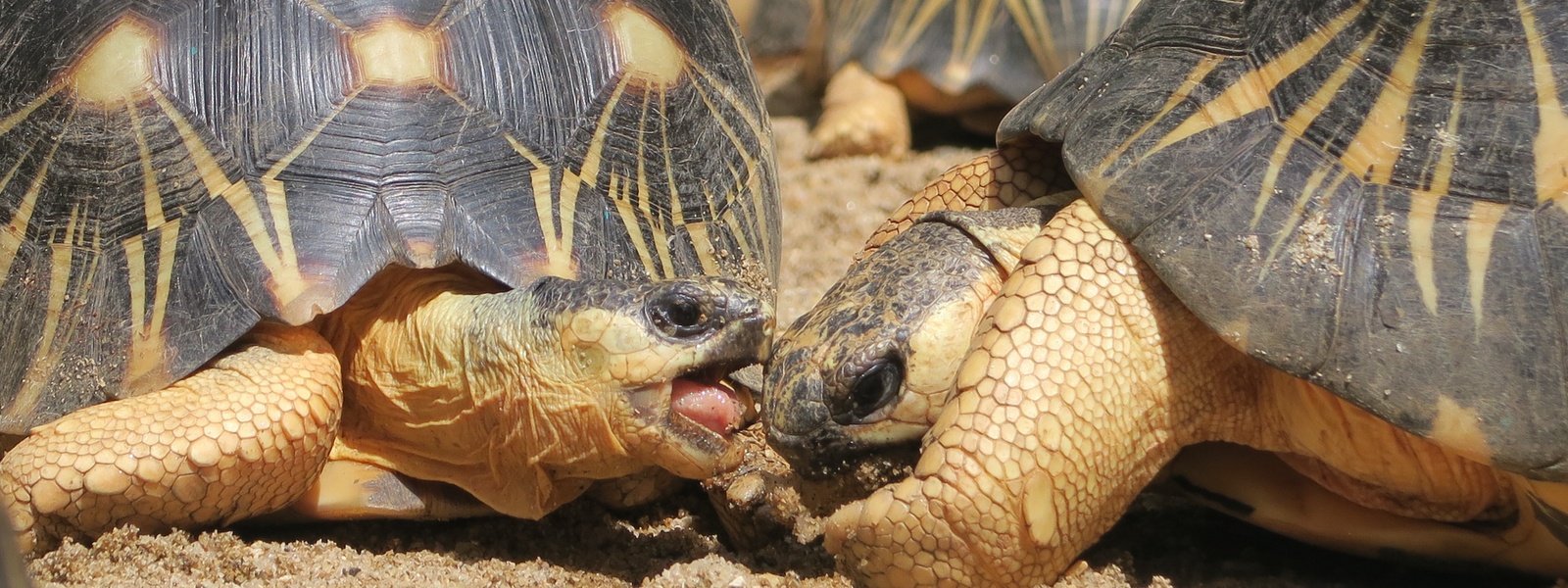
Madagascar
Why is Madagascar’s nature and wildlife so outstandingly unique?
Endemic talking of plants or animals means native and restricted to a certain place, in this case to the island of Madagascar. According to the WWF “~ 95 % of Madagascar’s reptiles, 89 % of the plant life, and 92 % of the mammals exist nowhere else on Earth”. This means that while exploring this beautiful country one has the opportunity to see animals and plants nowhere else on Earth!
The reasons behind Madagascar’s rich biodiversity
Two main reasons give an explanation for the existence of the endemic species in Madagascar: Firstly, the island separated from Africa 180 million years ago and around 80 millions years ago from what’s now called India. The millions of years in isolation created the opportunity for a different and separated evolutionary path. The other reason is coming from Madagascar’s size and varied eco-geography; the country is huge (the fourth biggest island and second biggest country island on Earth) and geographically very diverse; mountains, plains, deserts, various elevations that further isolates the different areas and creates different climate zones (tropical along the coast, temperate inland, and arid in the south) within the island, that way further contributes to the emergence of the great biodiversity; The island can be divided into 5 main geographical regions; the east coast, the Tsaratanana Massif, the Central Highlands, the west coast, and the southwest. Each characterized by unique features and giving diversity to the island with lush green forests, dry deserts, plateaus, cascading mountains and tropical beaches.
Chameleon Madagascar, Photograph: Dennis Young/Pixabay/
The flora and fauna
Madagascar is home to some of the most interesting creatures on Earth; a vast variety of mammals, reptiles, amphibians and bird species exclusive to the island can be found. (according to WWF between 1999 and 2010, 615 new species have also been discovered!).
Lemurs are probably the most unique mammals only found in Madagascar with around a 100 species. They share a resemblance to monkeys, but branched off evolutionary after the island separated from the continent. Lemurs vary in size, color and each species has unique features which helped them adapt to their environment and specific ecological niche. One of the smallest is the mouse lemur (weighs 30 grams), whereas the largest species is the indri (weighs 9 kgs).
Indri Madagascar, Photograph: FotoshopTofs/Pixabay/
Another unique endemic animal is the Fossa, which has similar features to both cats and viverrids, but has an uncertain/debated classification. These creatures can be found in every region of the island within the coastal forests.
Fossa in the wilderness of Madagascar, Photograph: SeaReeds/Pixabay/
Moreover, 300 species of birds (60% endemic) and greater than 260 species of reptiles (90% endemic), also notably ⅔ of the world’s chameleon species can be found on the island (a surprising diversity can even be found among the chameleons as well: with the Brookesia micra being the smallest reaching a maximum length of 29 mm, and by the fact it's suggested that Madagascar is the origin of these strange reptiles). Other interesting animals include the spiny and radiated tortoise, geckos and mongoose species.
Pantherchameleon Madagascar, Photograph: Marcel Langthim/Pixabay/
Gecko Madagascar, Photograph: Gerry/Pixabay/
Cuckoo Madagascar, Photograph: Lolame/Pixabay/
Even in the coastal waters and shoreline areas endemic invertebrates, insects and fish (including the once thought extinct prehistoric coelacanth “living fossil”, these fish can weigh up to 45 kgs) can be found.Tenrecs are similar to shrews or hedgehogs and eat insects. Further, 800 species of butterflies can be encountered. The only potentially dangerous animals are the river crocodiles, as the large snakes including the ‘do’ are considered to be harmless.
Moon Moth Madagascar, Photograph: Jondolar Schnurr/Pixabay/
Apart from the fauna it’s estimated ~80% of the plant species on the island are found nowhere else on the planet. A biome exists in the Southwestern region, dryer than the rest of the island, this area is home to the ‘spiny forests’. This is the most unique ecoregion, considering ~95% of the plants are endemic: The didiereaceae species (including the Madagascar ocotillo) are flowering plants which are similar to cacti, giant cacti can also be found and the Adansonia species includes the well known baobab trees (6 of 9 known baobab species can found on the island).
Baobab trees in Madagascar, Photograph: Theme Inn/Unsplash/
Outside of this region the island contains lush forests where one can find 165 endemic palm species, including the traveller’s palm “ravinala”, which is featured on the Air Madagascar emblem. Due to the sheer biodiversity of plants, many medicines and herbal remedies are produced from the flora.
Frog Madagascar, Photograph: mika mamy/Pixabay/
For those who travel to Madagascar discovering and learning about its unique natural wonders and teaming animal life is definitely a must. The best way to explore the natural environment is by visiting some of the recognized protected areas, including strict nature reserves (4), national parks (25), wildlife reserves (21), and other protected areas (4). From the 4 strict nature reserve areas the Tsingy de Bemaraha Reserve is also a UNESCO World Heritage Site, its goal is to protect the western coastal/inland transitional savanna ecosystems with numerous endemic species, the Betampona Reserve protects the eastern lowland rainforest ecosystems, the Tsaratanana Reserve mountainous lowland and high altitude rainforest with the tallest mountain in Madagascar (Mount Maromokotro), Zahamena Reserve is home to many endemic, also endangered plant and animal species which are not to be missed! The importance of these protected areas are highly relevant as the wildlife habitat is dramatically shrinking and putting this beautiful ecological treasure (altogether 5% of the world’s biodiversity) in danger.
Madagascar is a once in a lifetime experience! Adventure into this uniquely vibrant, lush and isolated “8th continent”!
Lemur Varecia rubra Madagascar, Photograph: Martin Gallmann/Pixabay/
